What Are The Factors That Affect The Magnetic Separation Process?
The magnetic separation process is mainly based on the magnetic difference of the minerals in the ore, and the mineral separation is realized under the action of magnetic force and other mechanical forces. Magnetic separation technology has been widely used in the separation of ferrous metal ores, the selection of non-ferrous and rare metal ores, and the separation of some non-metal ores. In the process of magnetic separation, what are the factors that affect the magnetic separation process?
Working principle of magnetic separator
The ore pulp enters the sorting area, and the magnetic ore particles are magnetized under the action of the uneven magnetic field. It is attracted to the cylinder of the magnetic separator by the attractive force of the magnetic field, and then is brought to the discharge end by the rotating drum, and discharged as a magnetic product. However, non-magnetic mineral particles are less affected by the magnetic field, and remain in the slurry, and are discharged into non-magnetic products.
The factors that affect the magnetic separation process
1. Feeding size
The feed size is an important factor that affects the separation effect of the magnetic separator. For most ores, the size of the feed particle size means the degree of separation of ore monomers, that is, the degree of separation between magnetic ore particles and gangue minerals. If the particle size of the ore fed into the magnetic separator is small, it indicates that the ore monomer has a high degree of separation and it is easy to obtain a satisfactory sorting index. If the particle size of the ore fed into the magnetic separator is relatively coarse, it indicates that the ore has not been sufficiently dissociated, and the magnetic ore particles are still combined with part of the gangue minerals. This kind of conjoined body directly affects the beneficiation index and reduces the grade of the concentrate. Therefore, the particle size of the ore fed into the magnetic separator must fully realize the separation of the monomers.
2. Slurry concentration
The slurry concentration mainly refers to the overflow concentration of the classifier. Excessive slurry concentration can easily lead to high separation concentration. The concentrate particles are easily covered and wrapped by finer gangue particles, which makes it difficult to separate the two, which seriously affects the concentrate grade. Too small slurry concentration means that the separation concentration is too low, which causes the flow rate to increase, shortens the separation time, and makes some fine magnetic particles that could be recovered enter the tailings and are discarded. Generally, the slurry concentration cannot exceed 35%. Of course, each selection plant still has to be specifically determined according to its own magnetic separation requirements and actual conditions.
3. Rotation speed of magnetic separator
The rotation speed of the magnetic separator mainly has a greater impact on the processing capacity, and then has a certain impact on the quality of the concentrate. The higher the speed, the greater the processing capacity of the magnetic separator. Only the ore particles with higher magnetic properties can be separated, so the quality of the concentrate is relatively high. When the speed is low, the processing capacity of the magnetic separator is low. Due to the effect of magnetic induction, mineral particles with weaker magnetism can also be sorted out, which affects the quality of the concentrate.
Generally, a small diameter magnetic separator uses a high speed, and a large diameter magnetic separator uses a low speed.
4. Magnetic system declination
Usually, the magnetic declination angle indicating the device is located on the shaft head close to the transmission side, and the declination angle of the magnetic system can be adjusted by adjusting the nut. The influence of the magnetic declination is mainly reflected in the quality of the concentrate and the recovery rate. However, the declination angle of the magnetic system is not arbitrarily adjusted, and must be adjusted according to the requirements of the magnetic separation operation. Generally, the magnetic declination at the plant site is maintained at an average of 15°-20°.


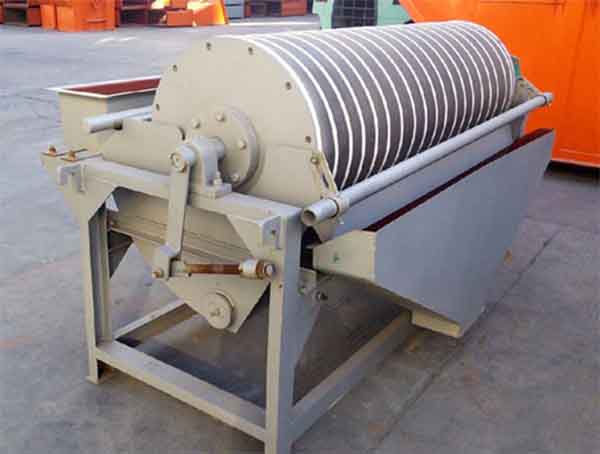
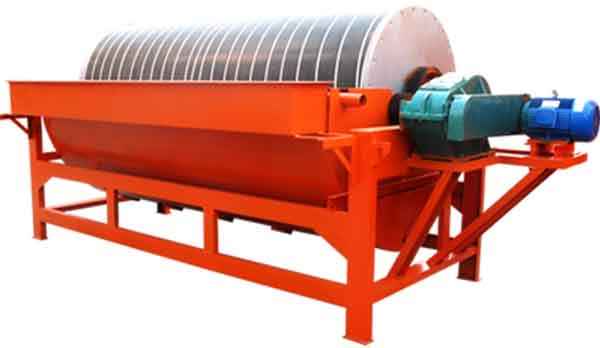
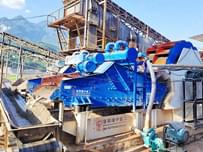
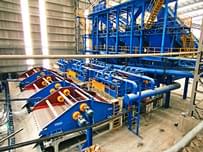
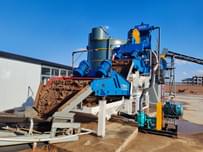
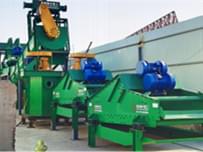
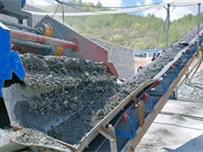
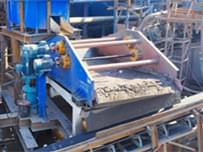
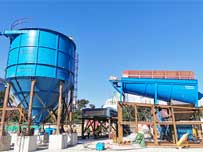
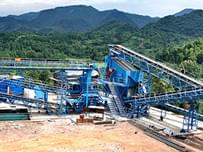




Send Message
Please write down your requirement and contact details in the following form. You can also send a message to us by this email export@lylzzg.com, we will reply to you within 24 hours.